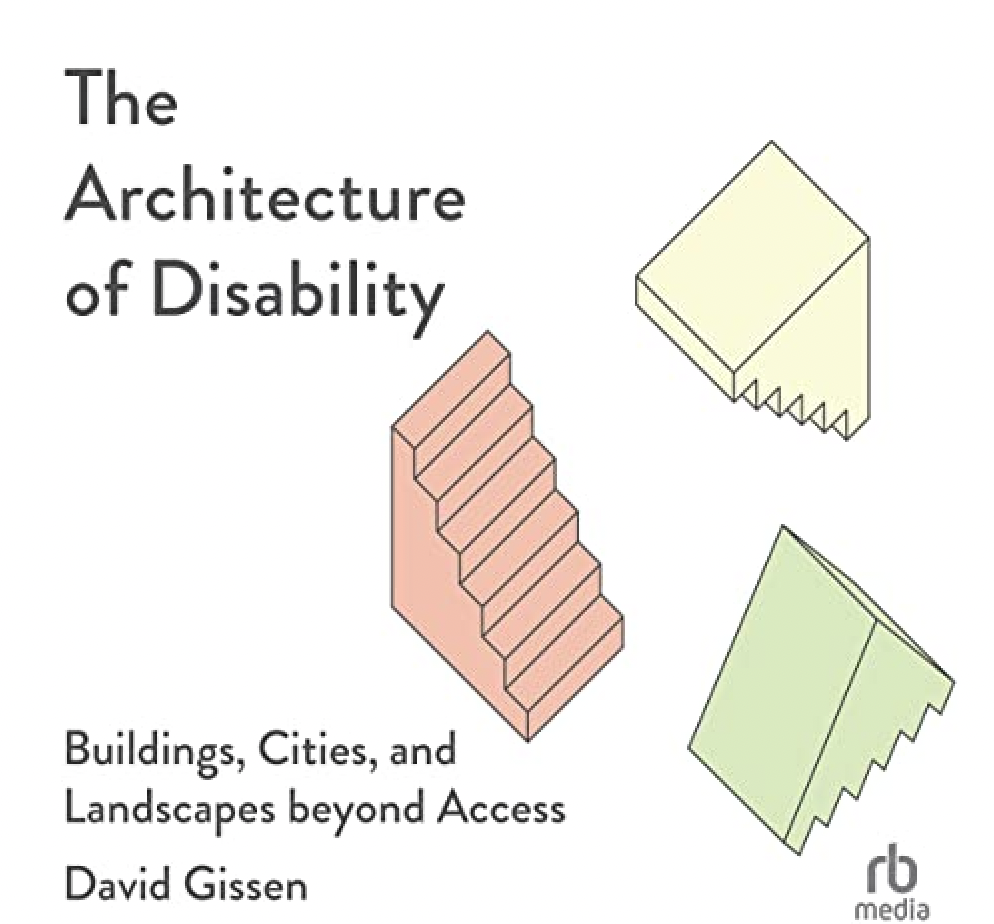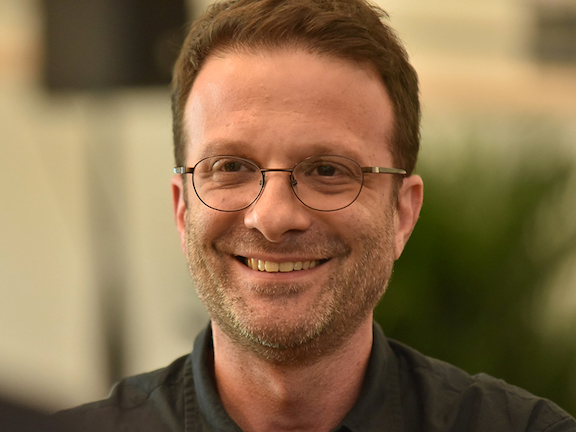David Gissen: The Architecture of Disability

David Gissen is a professor of Architecture and Urban History at Parsons School of Design. He is a New York based author, designer, and educator working in the fields of architecture, landscape, and urban design. This year, David taught the Masters of Architecture option studio, “The One-Story City,” and is currently teaching a University Lecture course, The Design of Disability. David just published his new book; The Architecture of Disability: Buildings, Cities, and Landscapes Beyond Access. The book explores how the discipline of architecture might transform to better represent disabled people–beyond a sole concern with the problems of accessibility. Gissen emphasizes the importance of giving people with disabilities leadership roles in designing buildings, urban spaces and environments. He challenges previous thought around accessibility and provides an insightful look at how important is is for people with disabilities to have authority in this field and to reimagine the roots of architecture. Gissen survived pediatric bone cancer that resulted in having his leg amputated in the 1990s. While Gissen says New York City has gotten more accessible over the past thirty years, he emphasizes that there is much work to be done to make a place for people with impairments.
This book is an urgent and exhilarating manifesto that calls for nothing less than a complete rethinking of architecture. Rather than insisting that architectural forms need to be adjusted to accommodate a greater diversity of impairments, it uses diversities of physical, mental, social, and collective capacities to unlock new ways to conceive of architecture, model it, design it, describe it, represent it, theorize it, and write histories about it. The fictional singular, athletic, male, young, healthy, undamaged, untraumatized, white body at the center of normative architectural discourse finally gives way to a permanently complex philosophical and political agency reshaping the way buildings are thought.
